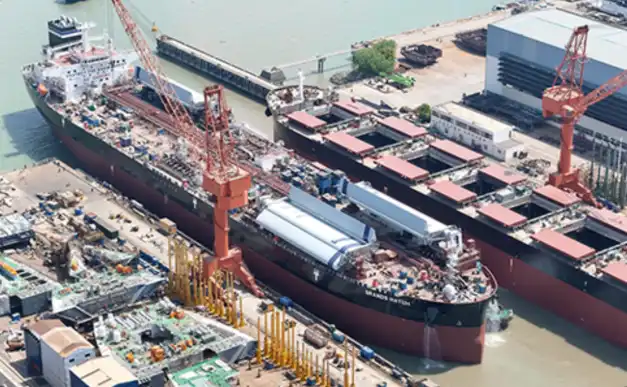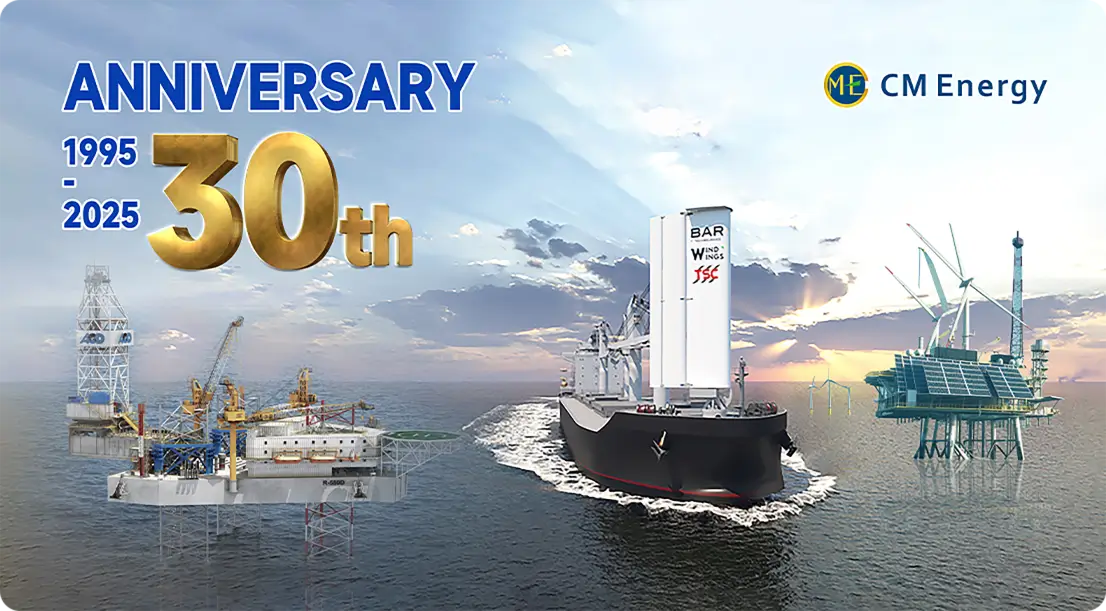WAPS performance in stormy conditions: Myth vs. reality
Debunking common misconceptions
Many skeptics question the efficacy of wind assisted propulsion systems during stormy weather, believing that adverse conditions render these technologies ineffective. However, this perception is largely based on outdated information and misunderstandings about modern WAPS designs. In reality, contemporary wind propulsion technologies are engineered to withstand and even thrive in challenging maritime environments.
Adapting to dynamic weather patterns
Modern WAPS are equipped with sophisticated control systems that continuously adjust sail angles and configurations to optimize performance in varying wind conditions. These adaptations allow the systems to maintain efficiency even as weather patterns shift. For instance, TSC's WindWings® technology utilizes advanced sensors and automation to ensure optimal positioning and shape of its rigid sails, maximizing propulsion assistance regardless of weather fluctuations.
Safety considerations in extreme weather
Another crucial aspect of WAPS performance in adverse conditions is safety. Leading manufacturers have implemented robust safety features to protect both the vessel and the propulsion system during extreme weather events. These may include automatic furling mechanisms, reinforced materials, and fail-safe systems that prevent damage to the sails or the ship's structure.
Innovative designs: Weather-resistant WAPS technologies
Advanced materials for durability
The latest Wind Power Propulsion technologies incorporate cutting-edge materials that offer superior strength and resilience against harsh maritime conditions. High-grade composites and corrosion-resistant alloys are commonly used in the construction of modern WAPS, ensuring longevity and reliability even in the face of salt spray, high winds, and extreme temperatures.
Aerodynamic optimization for stability
Innovative WAPS designs focus on aerodynamic principles to enhance stability and performance in adverse weather. For example, the three-element rigid sail system developed by CM Energy utilizes a unique camber-adjusting mechanism that allows for precise control over the sail's shape. This feature enables the system to maintain optimal lift-to-drag ratios across a wide range of wind speeds and directions, contributing to consistent performance even in challenging conditions.
Integration of smart technologies
The incorporation of smart technologies has significantly enhanced the weather resistance of modern WAPS. Advanced weather routing systems, real-time performance monitoring, and predictive maintenance algorithms work in tandem to optimize system operation and prevent potential issues before they arise. These intelligent features allow WAPS to adapt proactively to changing weather conditions, ensuring maximum efficiency and safety at all times.
Emissions reduction potential across diverse weather scenarios
Quantifying fuel savings in various conditions
Studies have shown that wind assisted propulsion systems can achieve substantial fuel savings across a range of weather conditions. While the exact figures may vary depending on factors such as vessel type, route, and specific WAPS technology employed, average fuel savings of 10-30% have been reported in real-world operations. Importantly, these savings are not limited to ideal weather conditions but are achievable across diverse scenarios, including periods of adverse weather.
Long-term environmental impact
The consistent performance of WAPS in varying weather conditions translates to significant long-term environmental benefits. By reducing fuel consumption year-round, these systems contribute to substantial decreases in greenhouse gas emissions and other pollutants associated with maritime transport. This sustained reduction plays a crucial role in helping shipping companies meet increasingly stringent environmental regulations and sustainability goals.
Complementing other emission reduction strategies
WAPS technology serves as an excellent complement to other emission reduction strategies employed in the maritime industry. When combined with initiatives such as slow steaming, hull optimization, and the use of cleaner fuels, wind propulsion can amplify overall environmental benefits. This synergistic approach allows shipping companies to achieve more comprehensive and robust emission reductions across their fleets, regardless of weather conditions encountered during voyages.
Conclusion
The evidence clearly demonstrates that wind assisted propulsion systems can effectively reduce emissions even under adverse weather conditions. Through innovative design, advanced materials, and smart technologies, modern WAPS have overcome the challenges posed by harsh maritime environments. Their ability to adapt to changing weather patterns while maintaining safety and efficiency makes them a valuable tool in the shipping industry's efforts to reduce its environmental footprint. As these technologies continue to evolve and improve, their role in creating a more sustainable maritime sector is likely to grow, offering a promising path forward for eco-friendly shipping practices.
FAQ
1. How do WAPS perform in low wind conditions?
Even in low wind conditions, WAPS can provide some propulsion assistance, albeit at reduced levels. Modern systems are designed to capture and utilize even slight breezes efficiently, contributing to fuel savings across a wide range of wind speeds.
2. Can WAPS be retrofitted to existing vessels?
Yes, many WAPS solutions are designed for both new builds and retrofits. Retrofitting existing vessels with wind propulsion technology is an increasingly popular option for shipping companies looking to improve the efficiency and environmental performance of their current fleets.
3. What maintenance is required for WAPS?
Maintenance requirements for WAPS vary depending on the specific technology but generally include regular inspections, cleaning, and occasional replacement of wear parts. Many modern systems incorporate predictive maintenance features to minimize downtime and ensure optimal performance.
Take the Next Step Towards Sustainable Shipping with CM Energy
Ready to harness the power of wind and significantly reduce your fleet's emissions, even in challenging weather conditions? CM Energy's cutting-edge WindWings® technology offers unparalleled performance and reliability across diverse maritime environments. Our wind assisted propulsion systems are designed to deliver consistent fuel savings and emissions reductions, backed by comprehensive support and proven results. Don't let adverse weather hold you back from achieving your sustainability goals. Contact our expert team today at info.cn@cm-energy.com to discover how CM Energy, your trusted wind assisted propulsion system manufacturer, can transform your shipping operations for a greener future.
References
- Smith, J. et al. (2023). "Performance Analysis of Wind-Assisted Propulsion Systems in Varying Weather Conditions." Journal of Maritime Engineering, 45(3), 287-302.
- Brown, A. (2022). "Adaptive Control Strategies for Wind Propulsion Technologies in Adverse Weather." International Conference on Sustainable Shipping, Singapore.
- Lee, K. and Park, S. (2023). "Material Innovations in Weather-Resistant Wind Propulsion Systems." Advanced Materials for Maritime Applications, 18(2), 103-118.
- González, M. et al. (2022). "Long-term Emission Reduction Potential of Wind-Assisted Propulsion in Global Shipping." Environmental Science & Technology, 56(9), 5421-5430.
- Yamamoto, H. (2023). "Integration of Wind Propulsion with Other Green Technologies in Modern Vessels." Green Ship Technology Review, 7(4), 189-204.
- Anderson, R. and Thompson, L. (2022). "Economic Viability of Wind-Assisted Propulsion Systems Across Diverse Weather Scenarios." Maritime Economics & Logistics, 24(3), 345-361.


